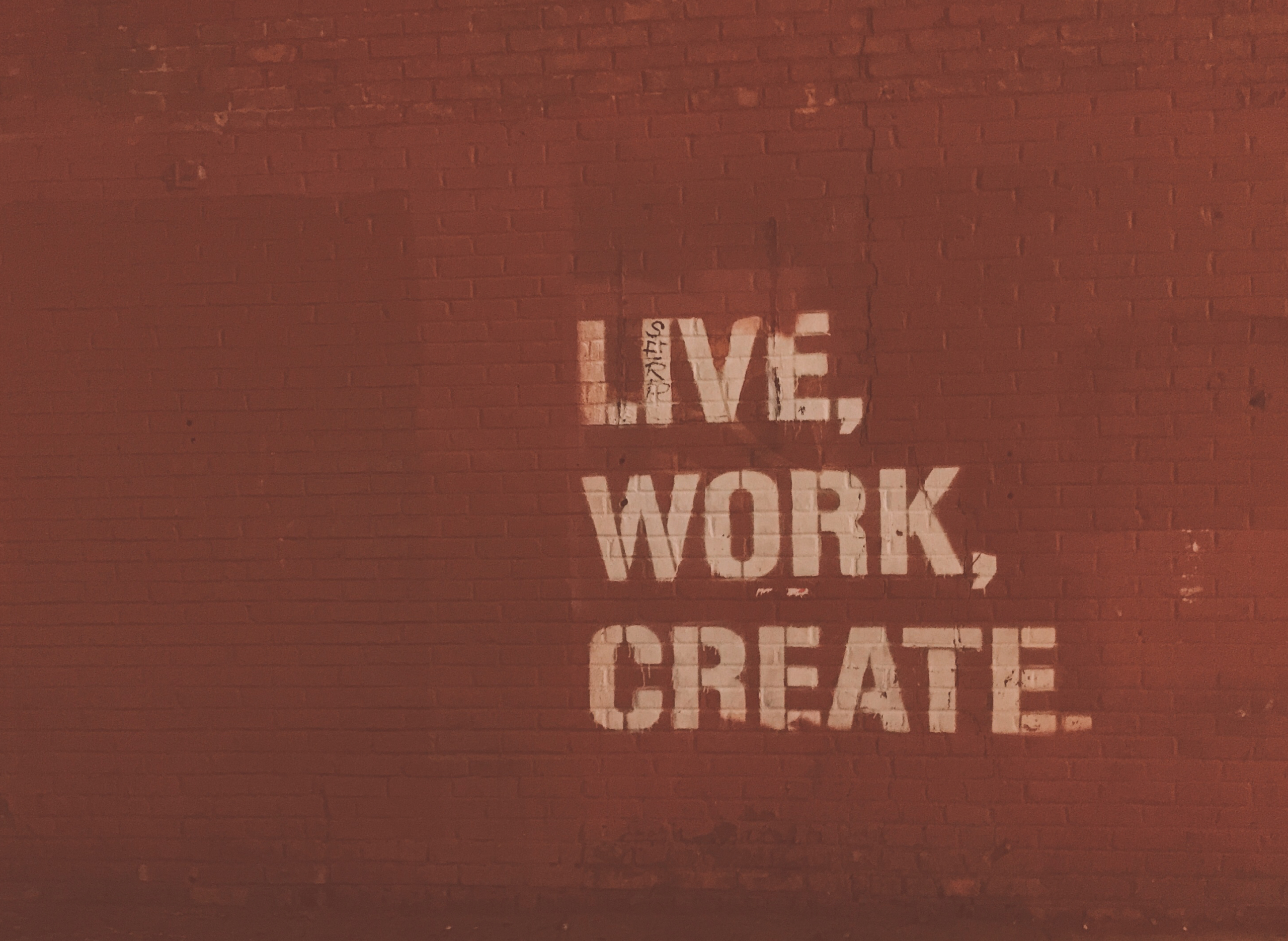
What were once workplace perks, like flexibility and mental health days, are now bare requirements. Why does Gen Z feel they warrant such asks? They’re eager to learn, actively seek out challenges, and have higher expectations than any generation before them. In short: they’re the boldest generation yet. If we, as leaders, can understand and harness this tech-native generation, our organizations can do more, better, and faster.
Here’s what Gen Z is looking for in their current and future employers:
1. Flexibility
We can thank the cloud for this. Now that it’s possible for everyone to work from anywhere at any time, Gen Z desires permanent flexible work options. For many of them, remote and hybrid work aids their productivity by eliminating workplace distractions. They also value their personal life as much as their professional life. Flexibility in their schedule means they don’t have to compromise on their freedom and will likely stay more engaged within your organization.
2. Mental health support
The oldest of Gen Z have seen a recession, politics at its worst, a global pandemic, a war, and have a recession in their future. Can you blame them for feeling stressed? In general, Gen Z’s parents were much more straightforward and truthful with their children than Millennials’ parents were with them. While this has made them competitive and driven, they’ve also been acutely aware of micro and macro issues for a long time. They desire a workplace that they deem healthy, and the resources and support to back that up. Empathetic leadership and a culture of wellbeing goes far with this group, along with policies and programs that offer mental health support.
3. Real diversity and inclusion
Gen Z has participated in more social causes than anyone before them. They have high standards when it comes to diversity and equality, demanding tangible action to design inclusive environments for all forms of identity. It’s not enough to say it in a meeting or a memo — they want to know how your policies facilitate real, authentic commitment to their values.
4. Access to tech
There are some very important dots to connect when it comes to technology and Gen Z’s productivity. Brought up in an environment that offered them constant contact with the latest and greatest from Silicon Valley, this generation thrives when paired with the latest tools and tech. Forcing them to operate using traditional methods over automation, for example, will hinder their work flow. See them as your in-house consultant on how you can implement new technologies in your organization in a way that enhances everyone’s performance. It’s their sandbox, after all.

